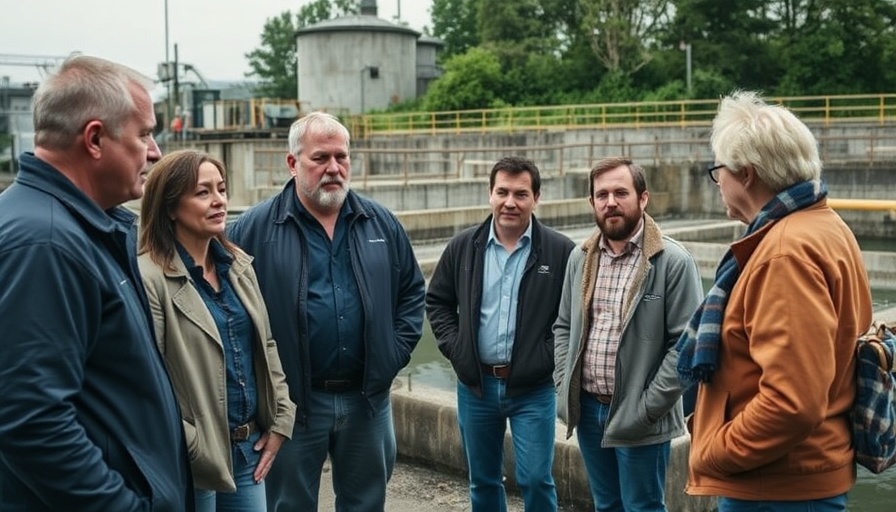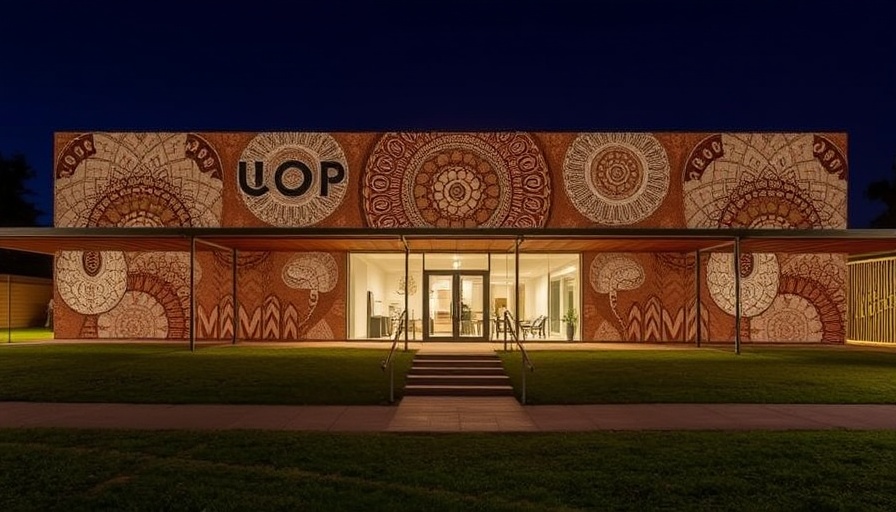
Understanding the Architect-Builder Relationship: A Historical Perspective
The collaboration between architects and builders is not a novel phenomenon. Historically, architects integrated various disciplines, acting as both designers and builders themselves. In the past, these professionals managed complete projects, ensuring that both aesthetics and structural integrity were maintained. However, with the advent of specialization, this relationship became more compartmentalized, often leading to inefficiencies and costly errors. Understanding how this historical relationship evolved can help in appreciating the modern integrated approach that many firms now advocate, which emphasizes the importance of collaboration from the project’s inception.
Why Integrated Design is Essential in Modern Construction
The push towards an integrated approach stems from a necessity to address the challenges of modern construction, particularly as demographics and urbanization trends change. As demand for efficient and sustainable buildings rises, an integrated approach allows architects and builders to work together right from the planning phase. For instance, Building Information Modeling (BIM) facilitates real-time collaboration, ensuring that both architectural and engineering visions are aligned, thus reducing mistakes and maintaining project timelines.
The Role of Technology in Effective Project Management
Emerging technologies play a pivotal role in streamlining the architect-builder relationship. Tools such as BIM create cohesive platforms where all stakeholders can visualize changes and updates in real-time. This dynamic integration not only enhances accuracy during the design phase but also fortifies project outcomes by minimizing waste and optimizing resources. As we see from recent trends, companies leveraging integrated technology report higher satisfaction rates among clients, with projects completed on time and within budget.
Environmental Sustainability and the Future of Architecture
The contemporary construction landscape is increasingly shaped by a commitment to sustainability. Builders and architects must now work hand-in-hand to minimize environmental footprints effectively. A collaborative approach allows them to innovate sustainably by choosing eco-friendly materials and incorporating energy-efficient systems early in the design process, ensuring compliance with regulations and customer expectations. According to recent reports, 74% of construction firms are investing heavily in sustainable technologies, highlighting the importance of this partnership.
Conclusion: Building a Better Future Through Collaboration
Today's construction challenges necessitate a shift towards integrated architecture and building practices. The historical silos that previously defined architecture and engineering roles are being dismantled. As the industry embraces technology and sustainability-driven initiatives, architects and builders can expect vast improvements in project outcomes. Moving forward, a collaborative, solutions-oriented approach will undoubtedly lead to innovative designs that meet the demands of modern living.
 Add Row
Add Row  Add
Add 






Write A Comment